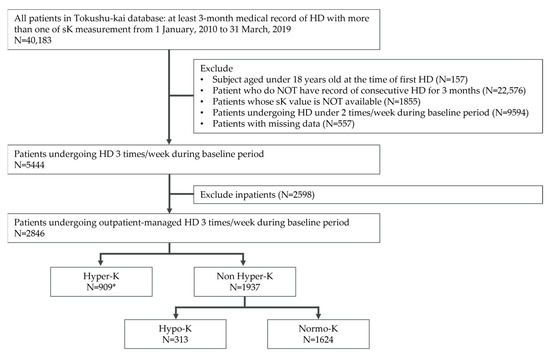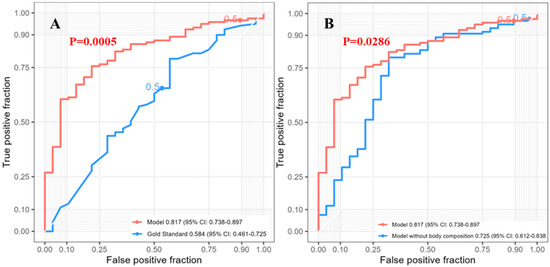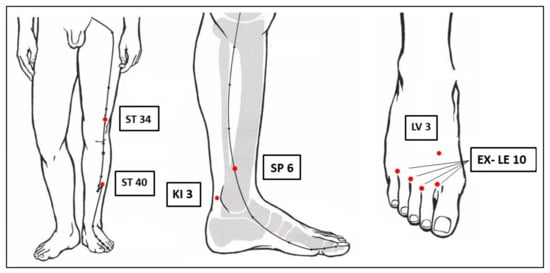J. Clin. Med. 2023, 12(6), 2115; https://doi.org/10.3390/jcm12062115 - 8 Mar 2023
Cited by 4 | Viewed by 2917
Abstract
This study aimed to examine the characteristics and clinical outcomes of Japanese hemodialysis patients with dyskalemia. A retrospective study was conducted using a large Japanese hospital group database. Outpatients undergoing thrice-a-week maintenance hemodialysis were stratified into hyperkalemia, hypokalemia, and normokalemia groups based on
[...] Read more.
This study aimed to examine the characteristics and clinical outcomes of Japanese hemodialysis patients with dyskalemia. A retrospective study was conducted using a large Japanese hospital group database. Outpatients undergoing thrice-a-week maintenance hemodialysis were stratified into hyperkalemia, hypokalemia, and normokalemia groups based on their pre-dialysis serum potassium (sK) levels during the three-month baseline period. Baseline characteristics of the three groups were described and compared for the following outcomes during follow-up: all-cause mortality, all-cause hospitalization, major adverse cardiovascular events (MACE), cardiac arrest, fatal arrythmia, and death related to arrhythmia. The study included 2846 eligible patients, of which 67% were men with a mean age of 65.65 (SD: 12.63) years. When compared with the normokalemia group (n = 1624, 57.06%), patients in the hypokalemia group (n = 313, 11.00%) were older and suffered from malnutrition, whereas patients in the hyperkalemia group (n = 909, 31.94%) had longer dialysis vintage. The hazard ratios for all-cause mortality and MACE in the hypokalemia group were 1.47 (95% confidence interval [CI], 1.13–1.92) and 1.48 (95% CI, 1.17–1.86), respectively, whereas that of death related to arrhythmia in the hyperkalemia group was 3.11 (95% CI, 1.03–9.33). Thus, dyskalemia in maintenance hemodialysis patients was associated with adverse outcomes, suggesting the importance of optimized sK levels.
Full article
(This article belongs to the Special Issue Clinical Application of Hemodialysis and Its Adverse Effects)
►
Show Figures













